Self-Expression: The Word That Scares Your Parents
October 11, 2022
[ngg src=”galleries” ids=”30″ display=”basic_slideshow” gallery_width=”450″ gallery_height=”304″ arrows=”1″ show_thumbnail_link=”0″]
High school. The only time in your life in which you will take geometry with a football player, an emo kid and a K-pop fanatic. While seemingly comical, there’s more to these identities than first assumed. Self-expression, especially in the form of clothing, piercings and, notably, hair color are all different routes some choose to take in the long and difficult process of determining who they are. Not only does self-expression generally benefit just about every teenager, certain groups, such as those belonging to the LGBTQ+ community, use these forms of expression to make connections and shape their identity. Self-expression isn’t something that should be looked down upon, but rather embraced.
Mounds View’s dress code, being rather lax for a public high school, leaves lots of room for flexibility. Generally, clothes must not have references to paraphernalia or hate organizations and must allow for proper identification of students. Besides these set conditions, the student body has been given free rein in terms of fashion choices. Due to this, Mounds View’s classrooms often contain numerous heads of bright colors and various different kinds of fashion.
When talking about self-expression, it’s important to consider that dressing up for school is more than just a quirk. “I think self-expression, for a lot of people, is like a form of confidence. Like being able to express yourself, you know, it lets people come out of their shells,” said Zane Kohn, a junior with noticeably red hair. Kohn explains that personally, as a trans student, self-expression is not only a way to grab ahold of his identity, but to embrace it.
However, the decision is more convoluted than a student just simply choosing to dress differently. While many students are able to control the narrative about their identity through things such as hair, clothing and makeup, they aren’t able to control others’ reactions. “People always judge. People will always say things like ‘if you dye your hair red then you’re unstable…’ It always feeds into these stereotypes,” said senior Izzie Foster.
In addition, while the harassment surrounding students who don’t fit into typical societal expectations is a problem in itself, harassment is targeted more harshly toward already marginalized groups, such as the LGBTQ+ community. In 2019, the Gay, Lesbian and Straight Education Network National School Climate Survey reported about 56.9% of LGBTQ+ students received some form of verbal harassment based on gender expression alone. Additionally, 21.8% were physically harassed because of their gender expression.
For some, this means school becomes a place of aggression. “In the hallway, I get all kinds of things. I’ve been called the f-slur, and I’ve been called the t-slur once,” said senior Robin Davern, another trans student. While Davern notes that he has learned to brush it off, the effects of harassment can isolate students. For everyone, high school is a time of extreme insecurity and uncertainty, but untangling the question of gender identity paired with constant bullying from classmates creates an environment in which learning is impossible.
“Self-expressive” shouldn’t be a word to shy away from. Teenagers are already in a stage full of new changes and expectations as they prepare to be adults. Normalizing different bodies, clothes and hair colors provides a safe and productive learning environment for high schoolers. Most importantly, queer expression is an essential part of LGBTQ+ self-care and limiting it lessens the progress that modern youth advocates so vigorously for.




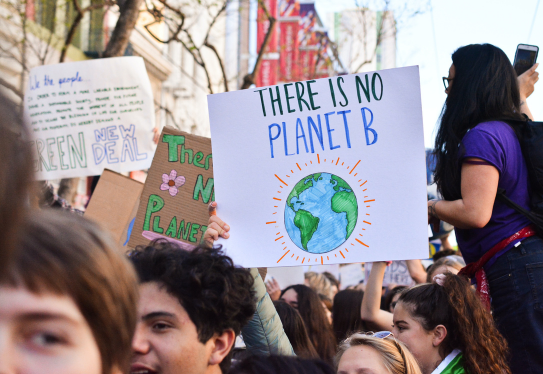
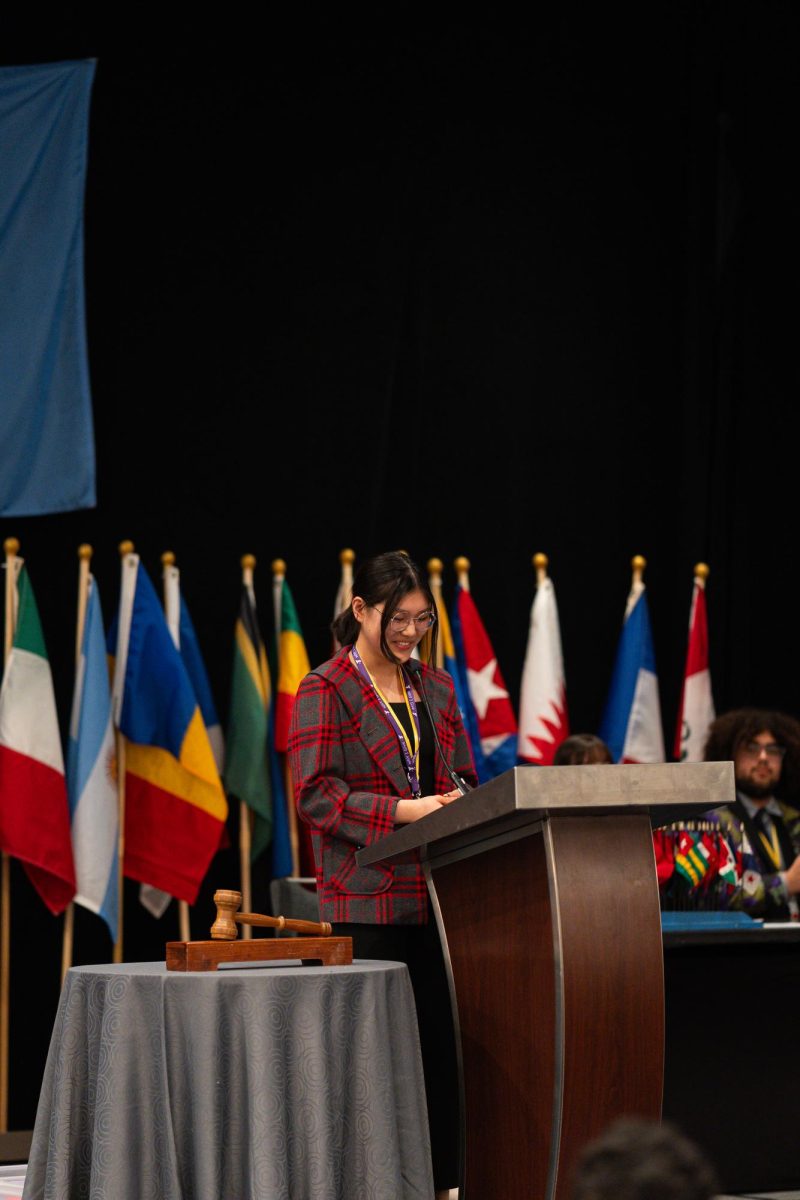
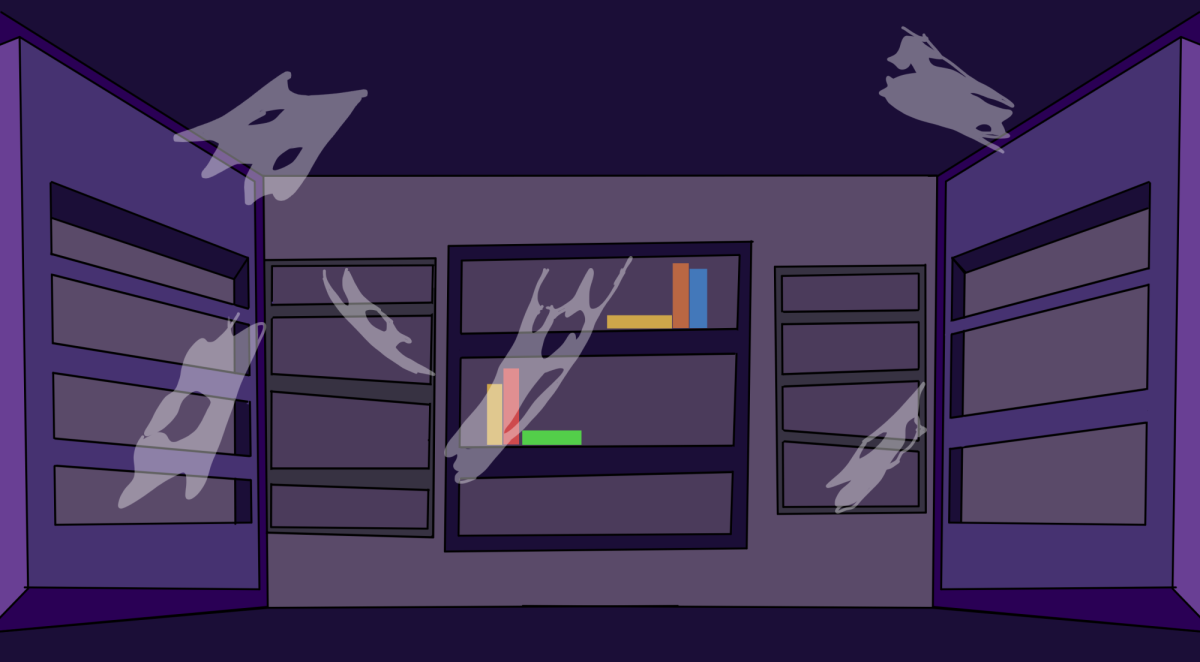




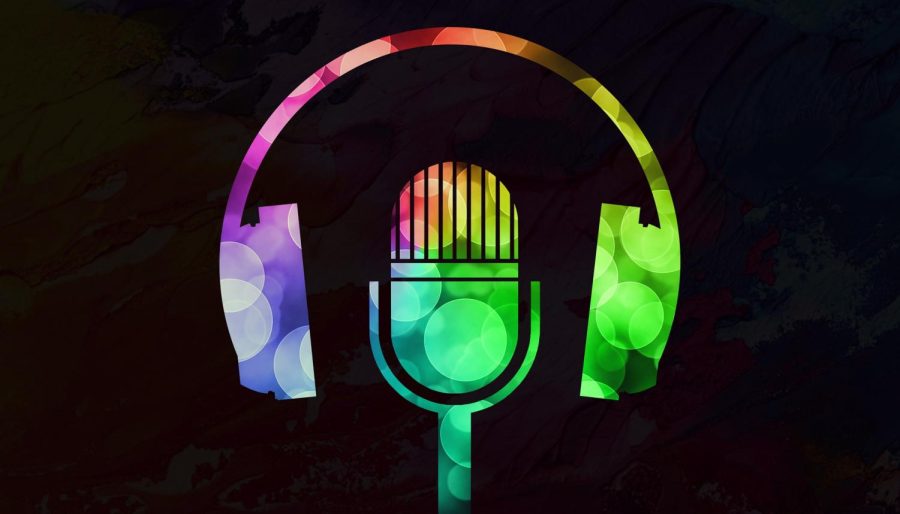
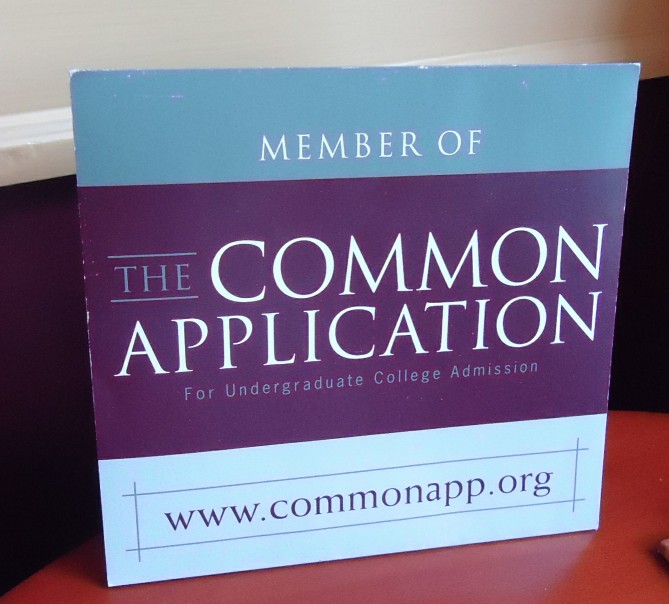
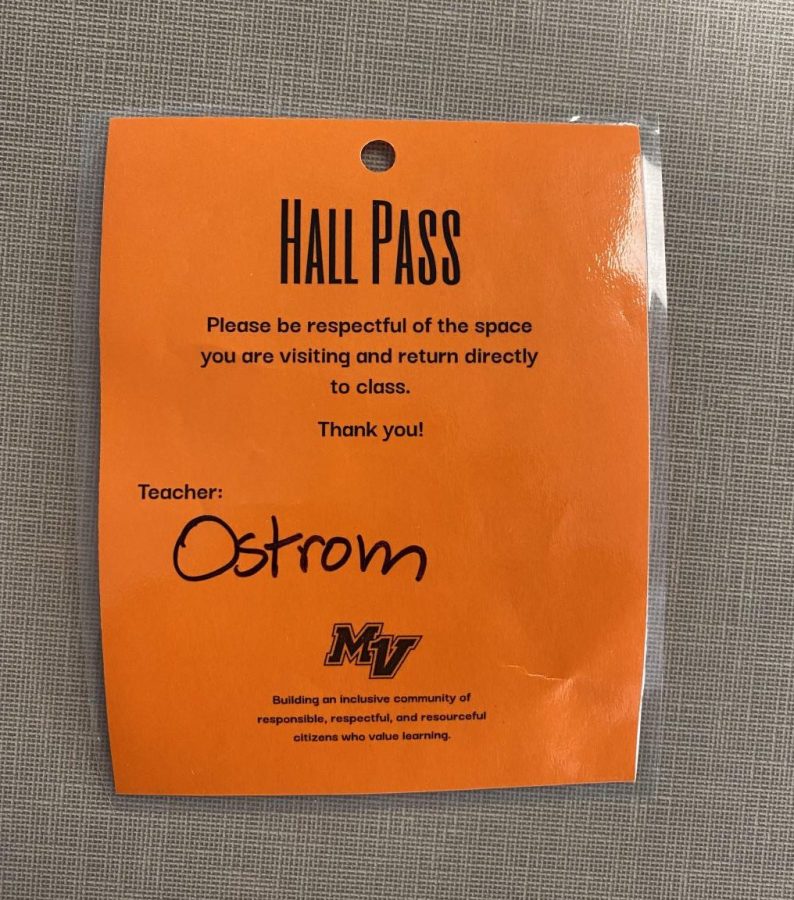

![[DEBATES] Prestigious colleges: value or hype?](https://www.mvviewer.org/wp-content/uploads/2024/12/buildings-1200x654.png)


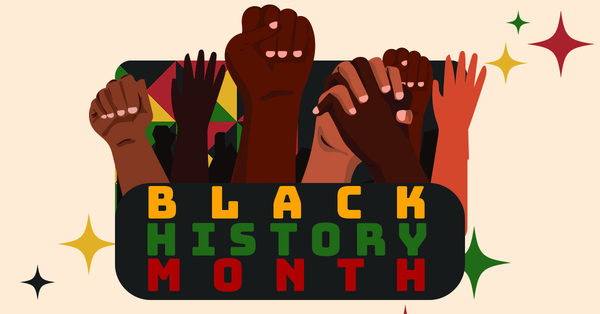
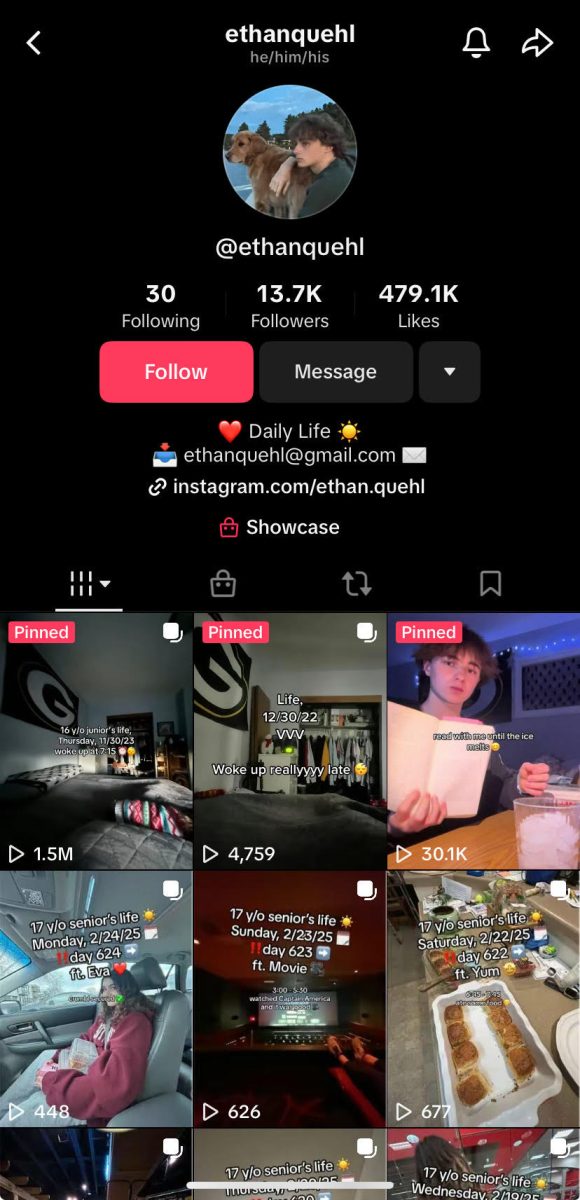

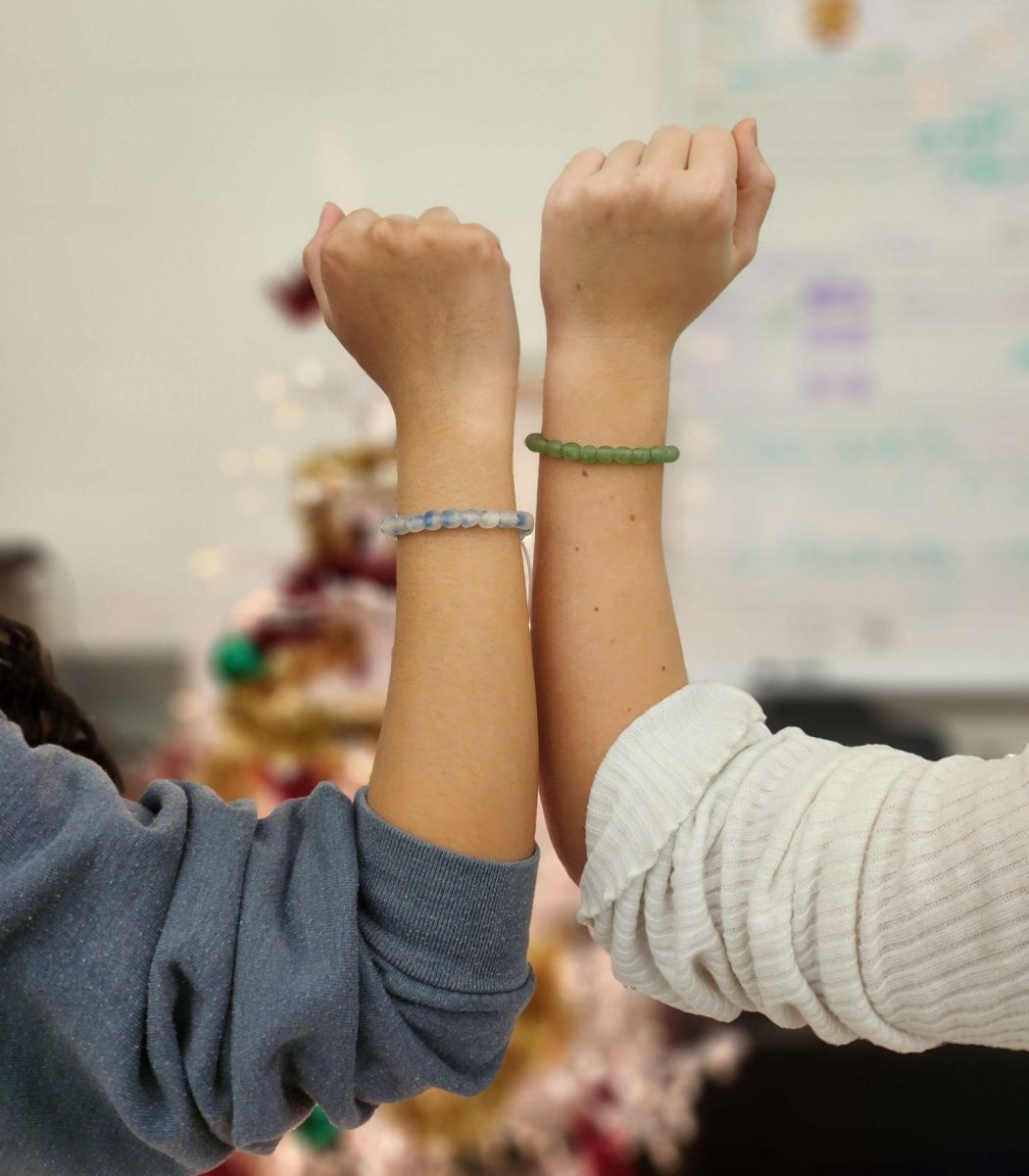

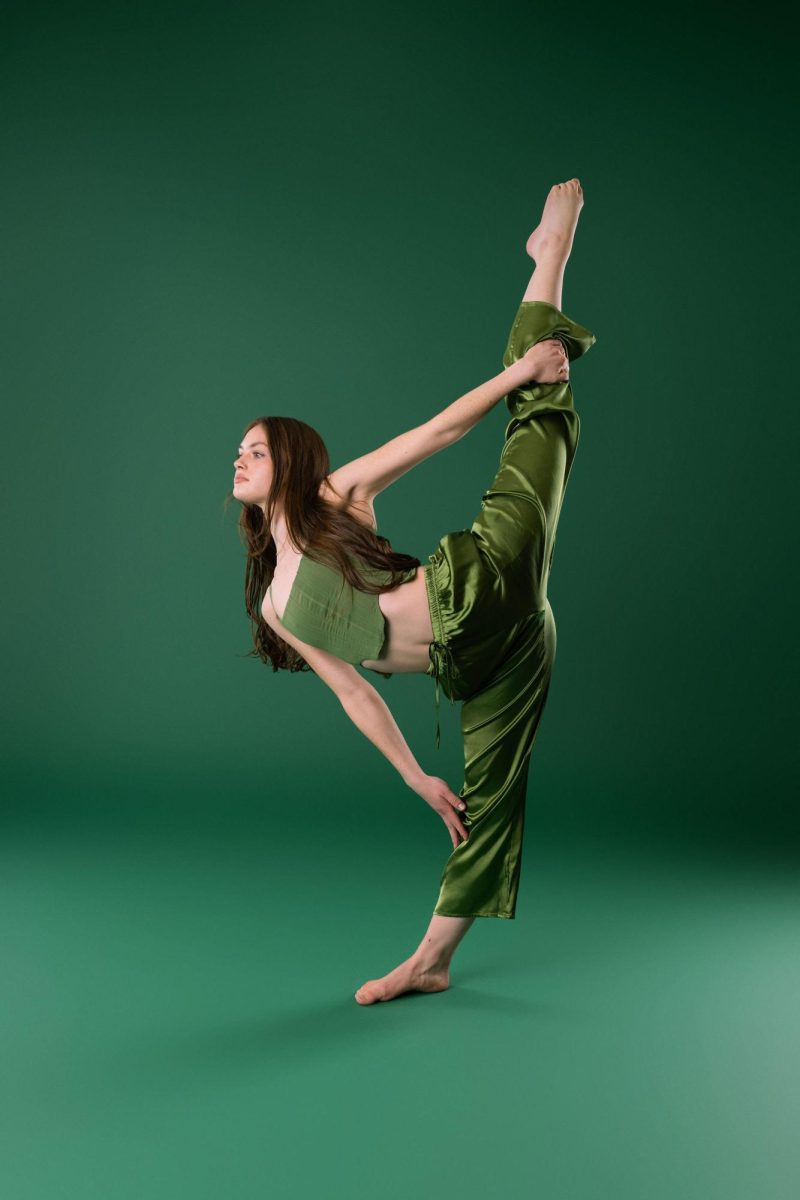
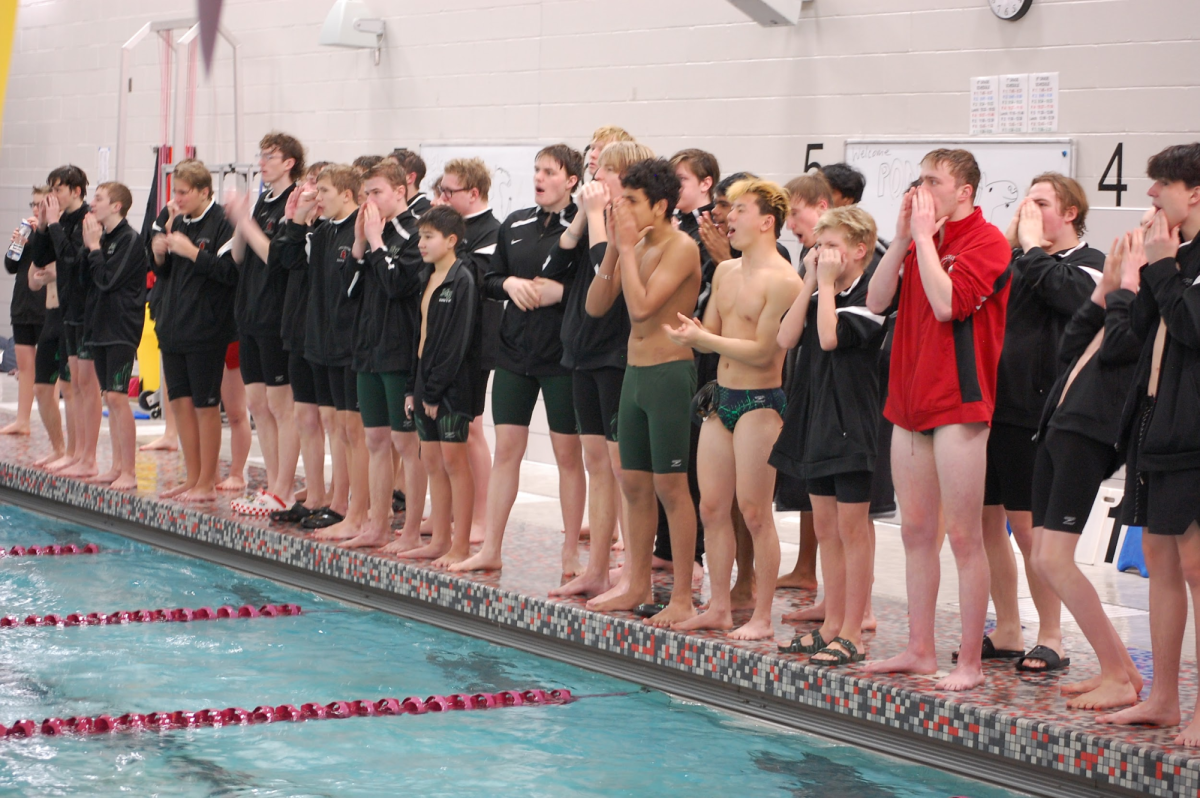





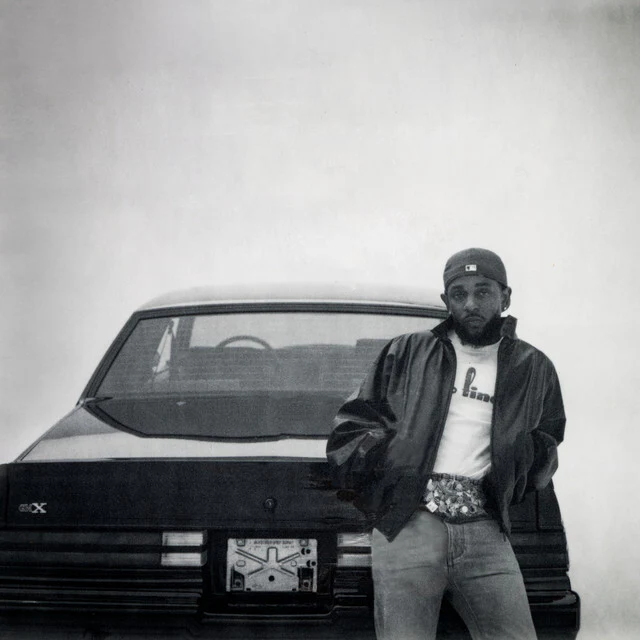

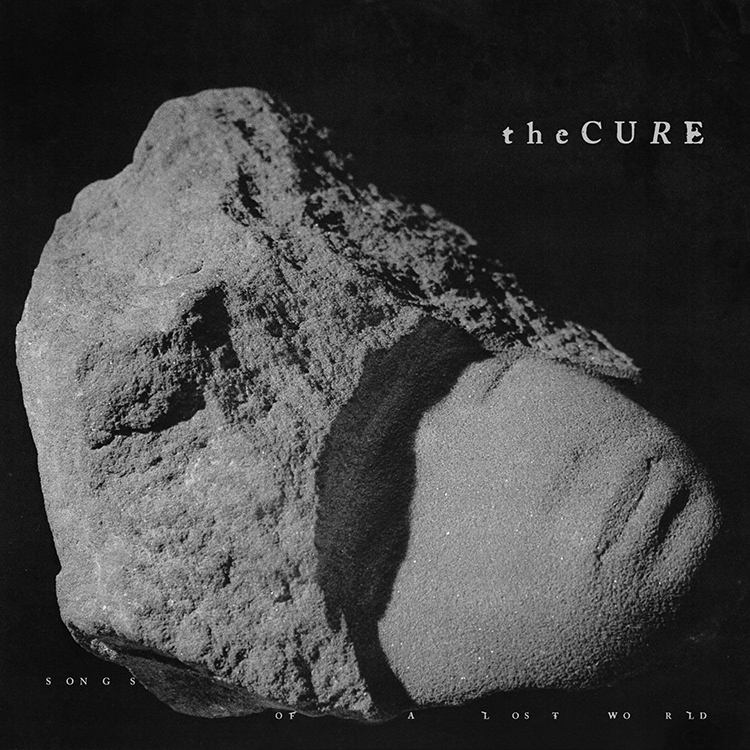
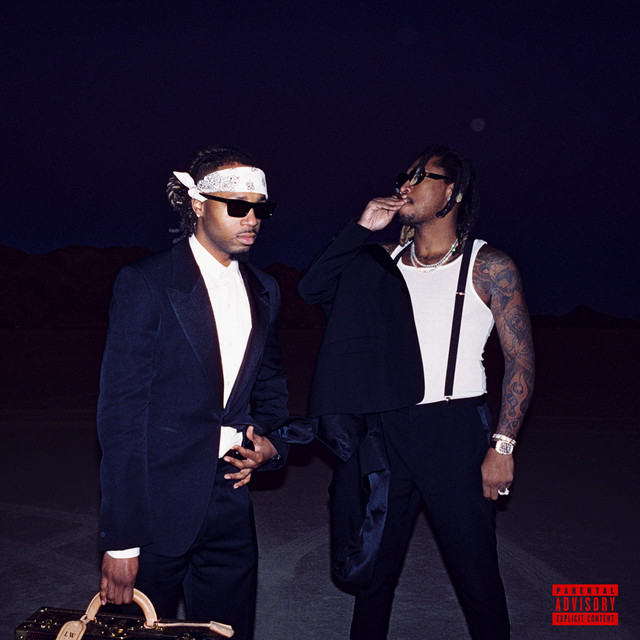
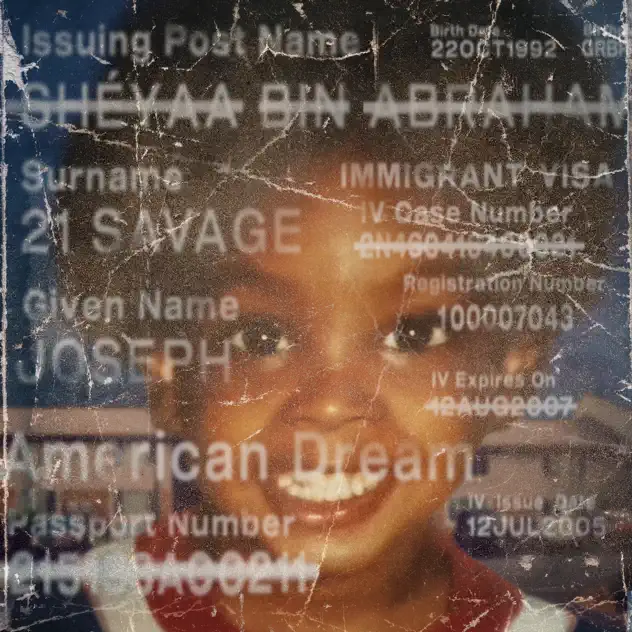
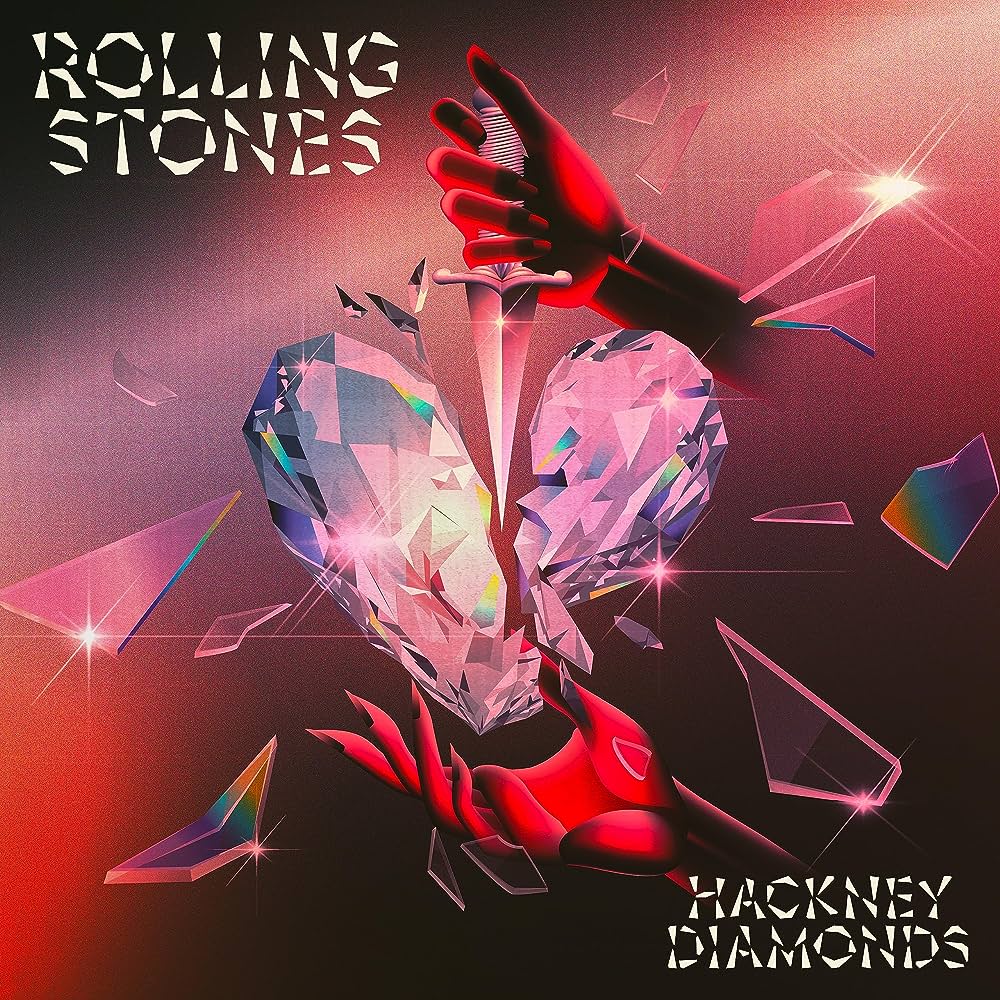
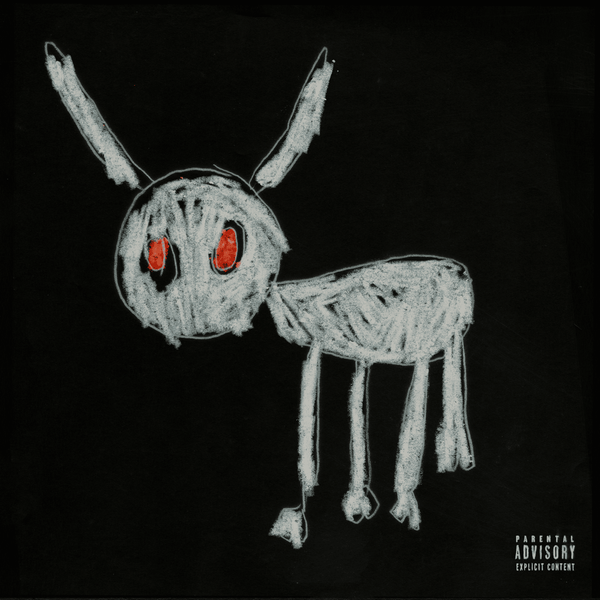




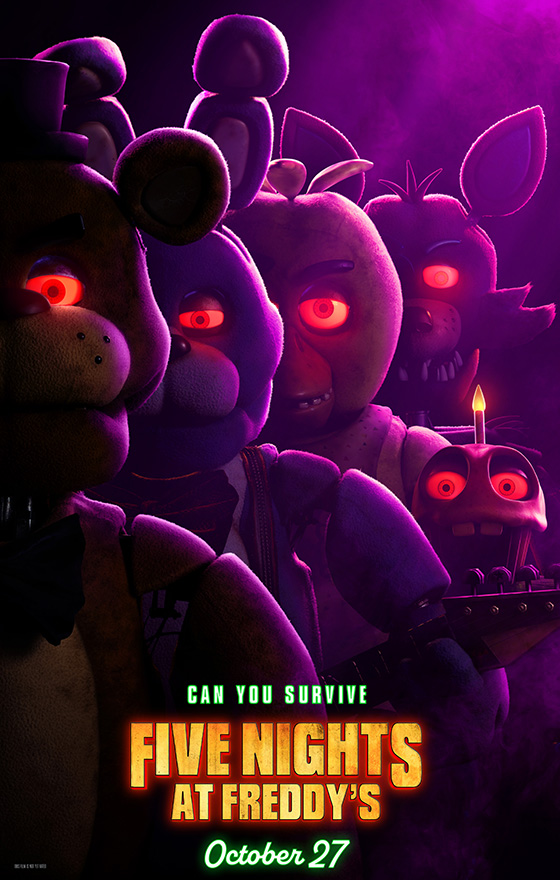

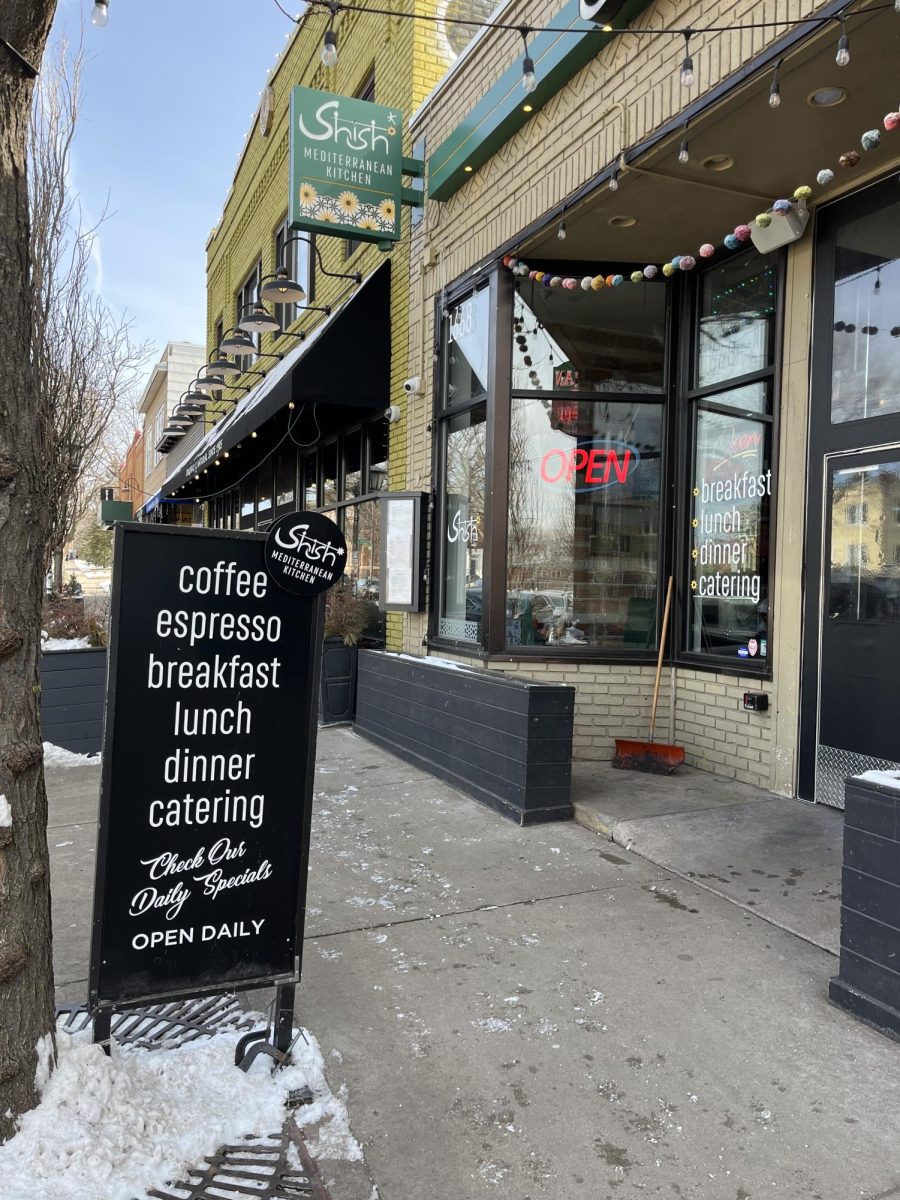
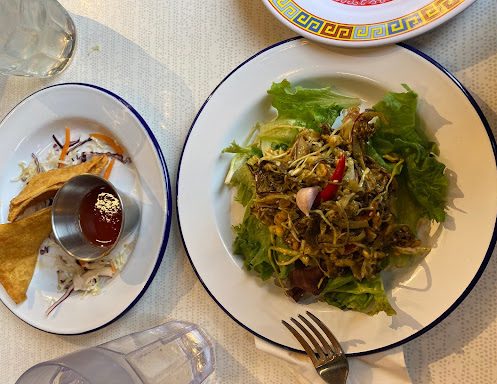





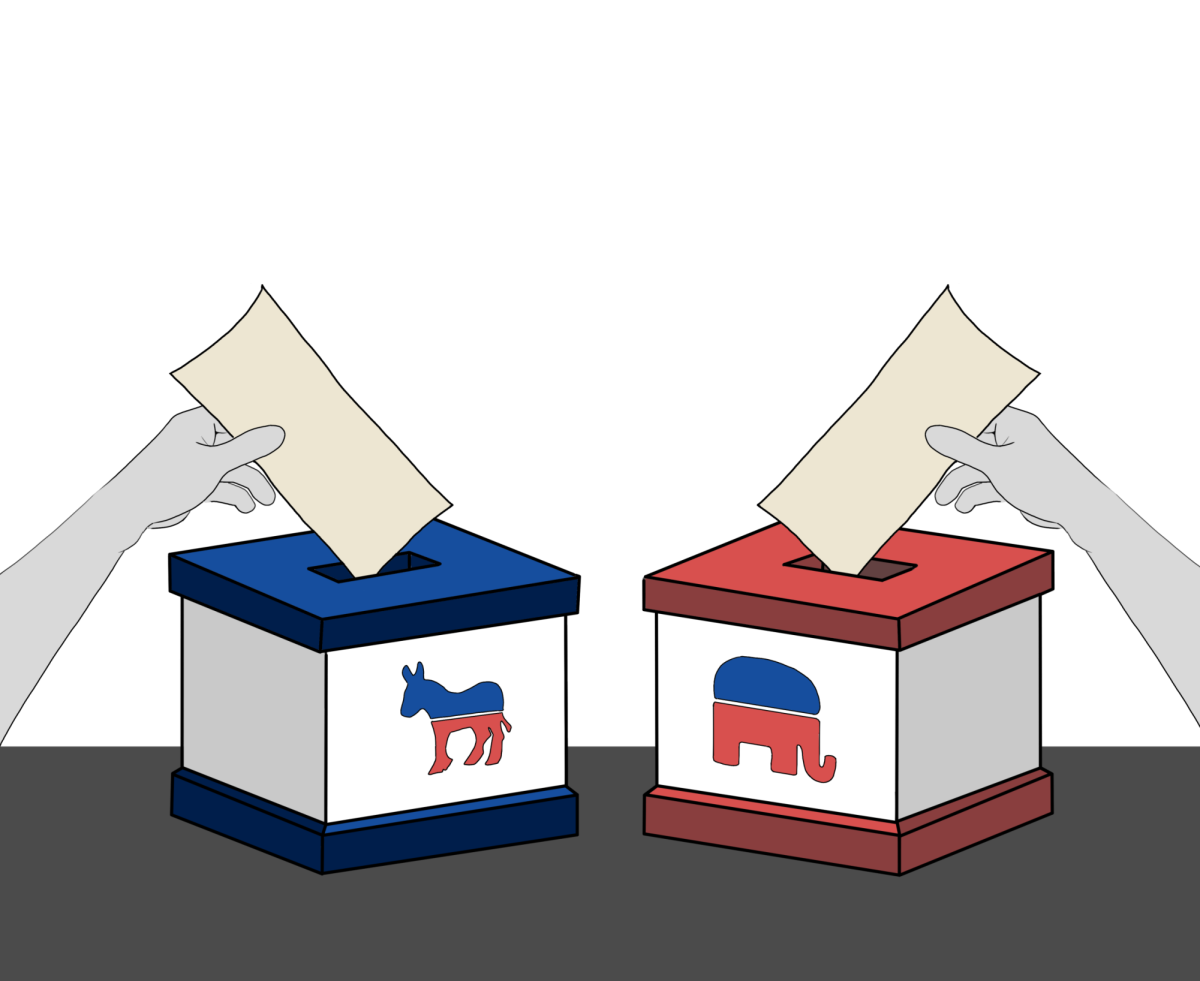
![[OPINION] The dark origins of TikTok's looksmaxxing trend](https://www.mvviewer.org/wp-content/uploads/2024/02/Copy-of-Copy-of-Untitled-Design-1200x675.png)
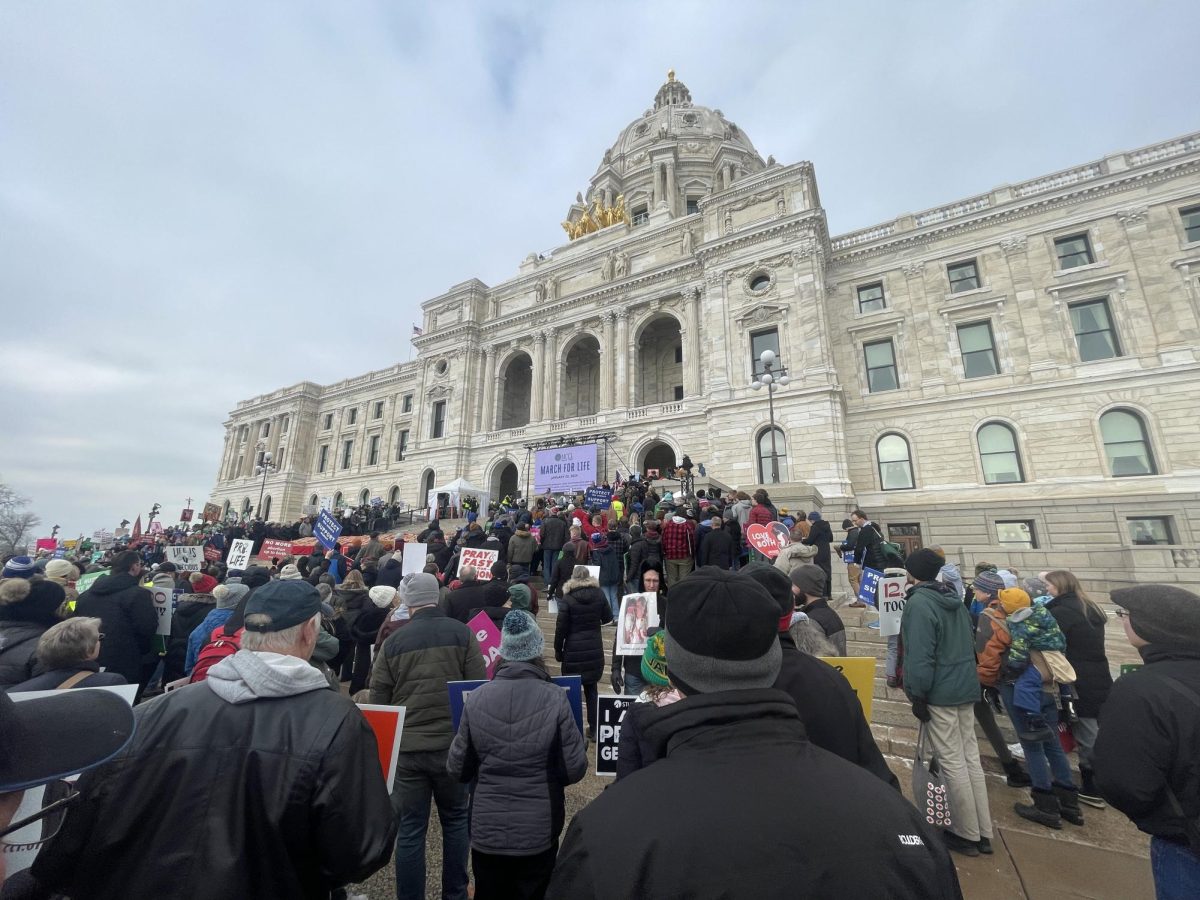


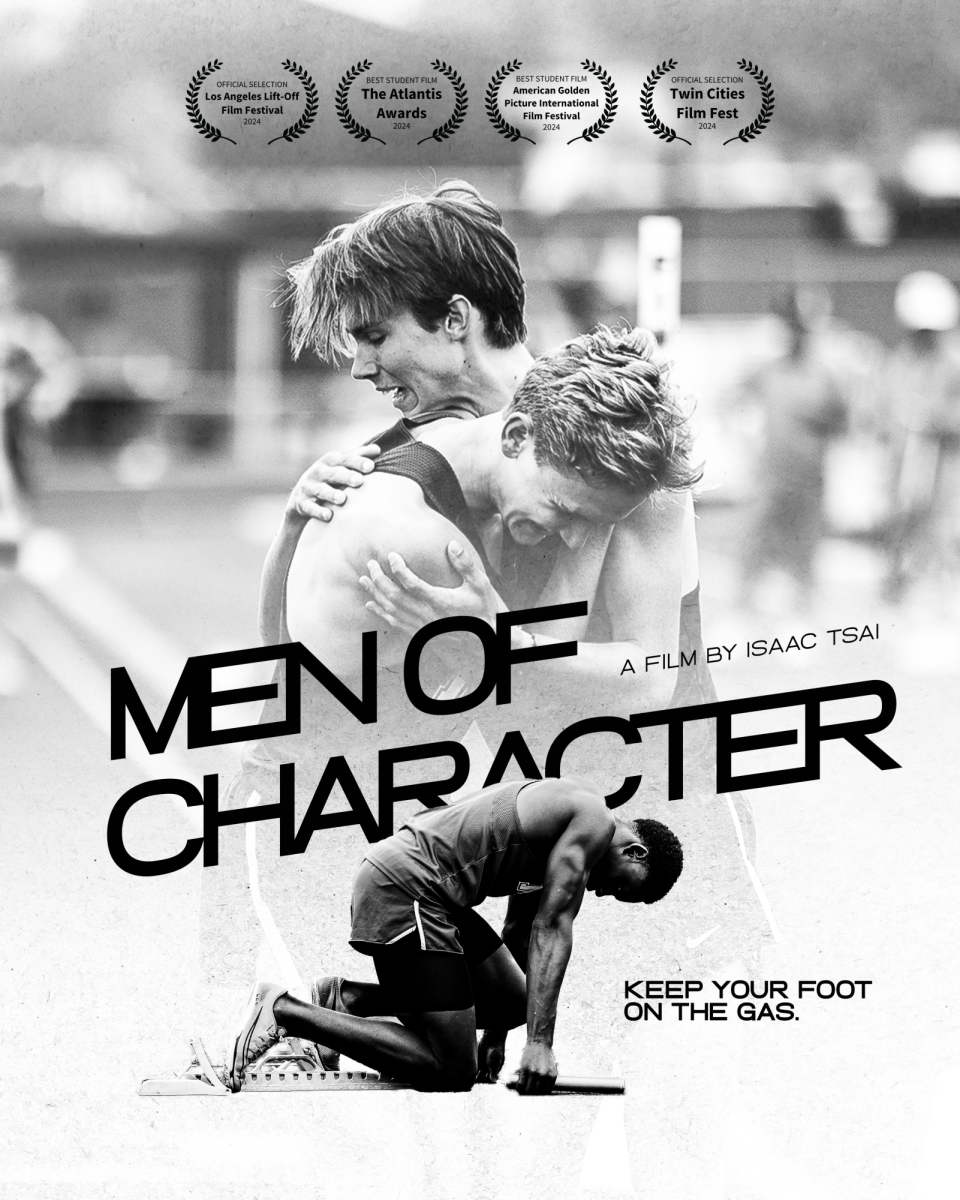
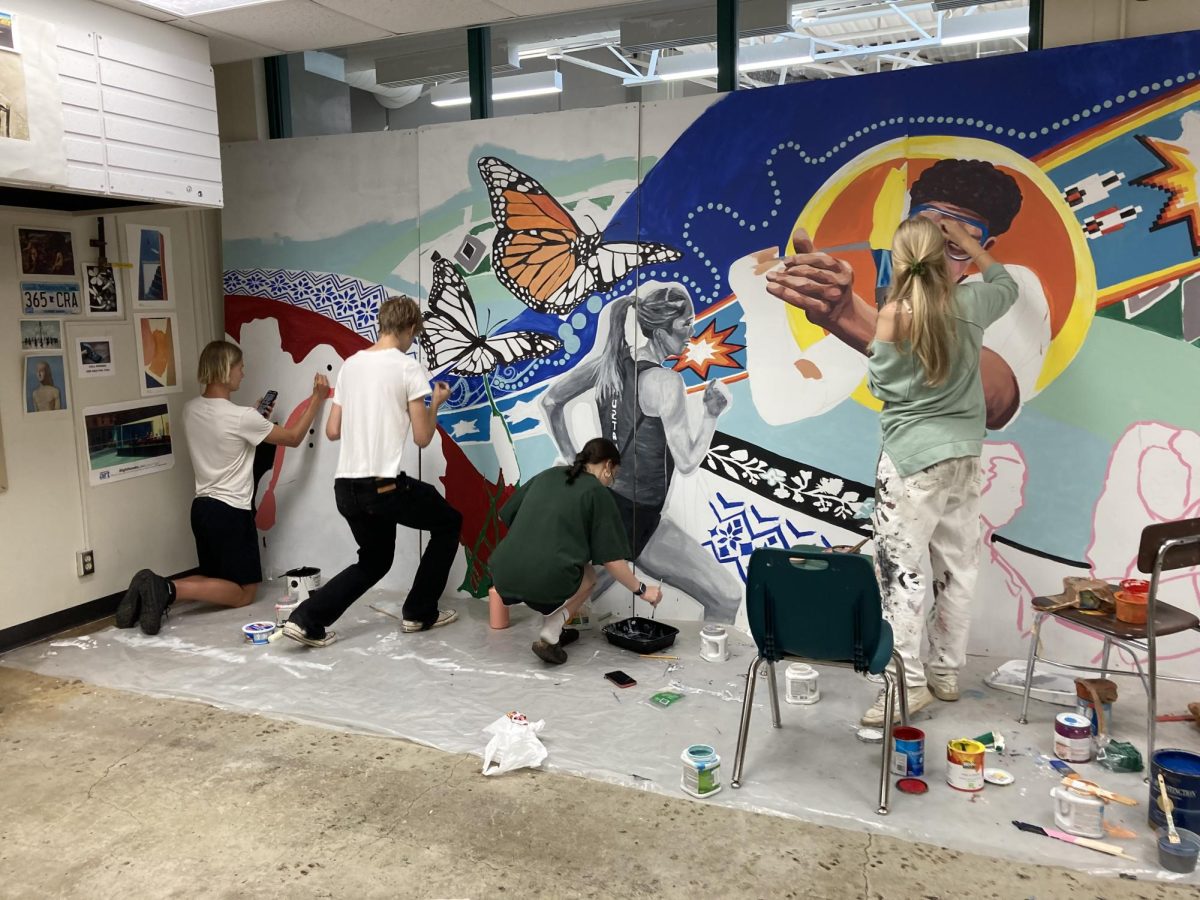

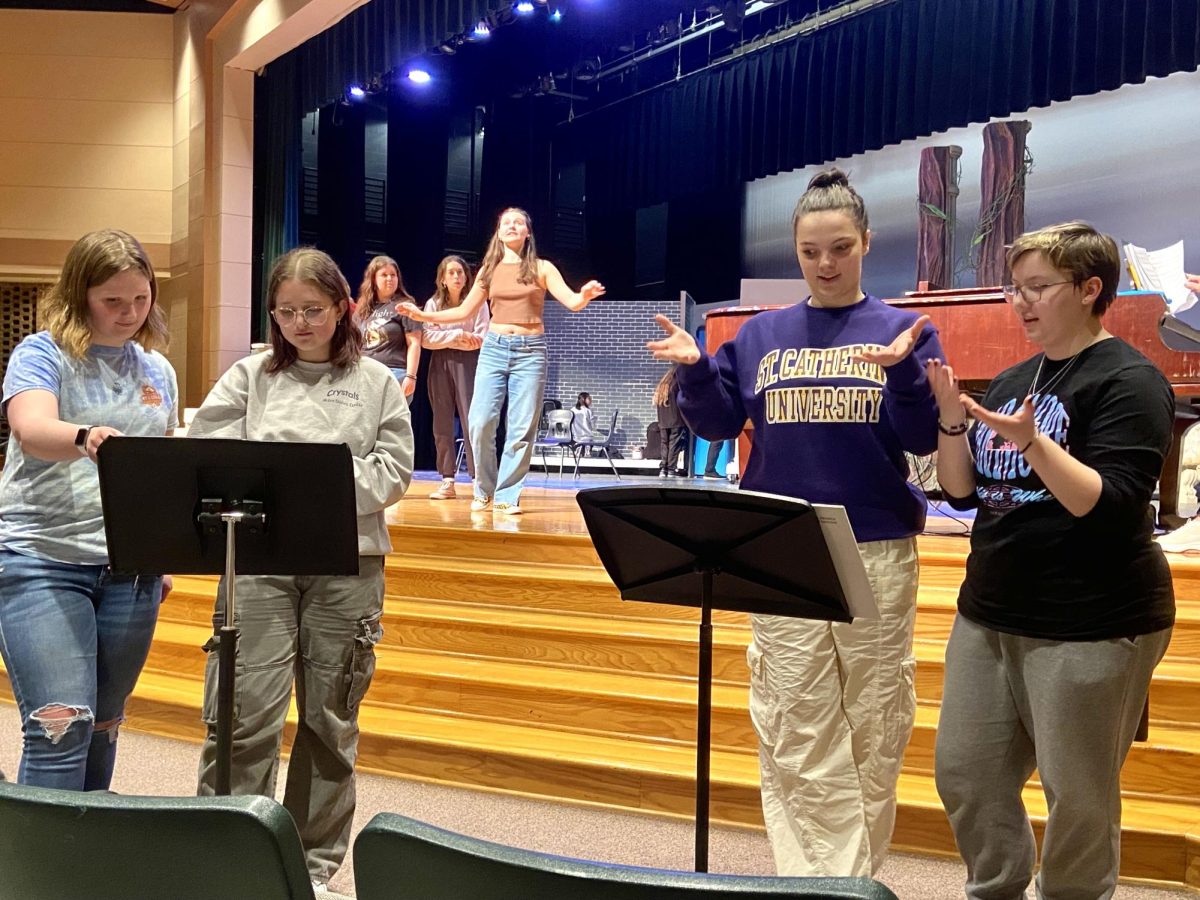


![[DEBATES] Prestigious colleges: value or hype?](https://www.mvviewer.org/wp-content/uploads/2024/12/buildings-600x327.png)




